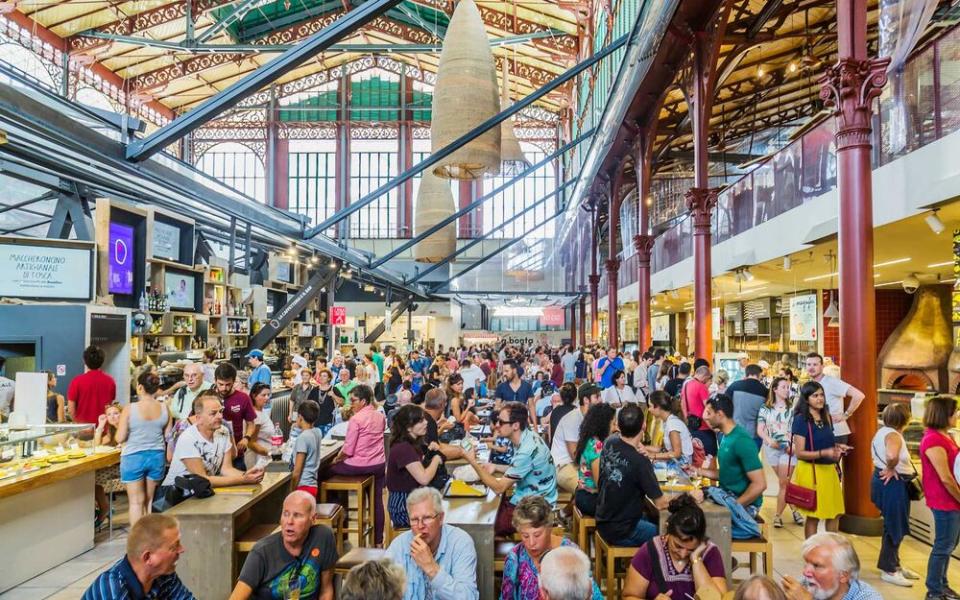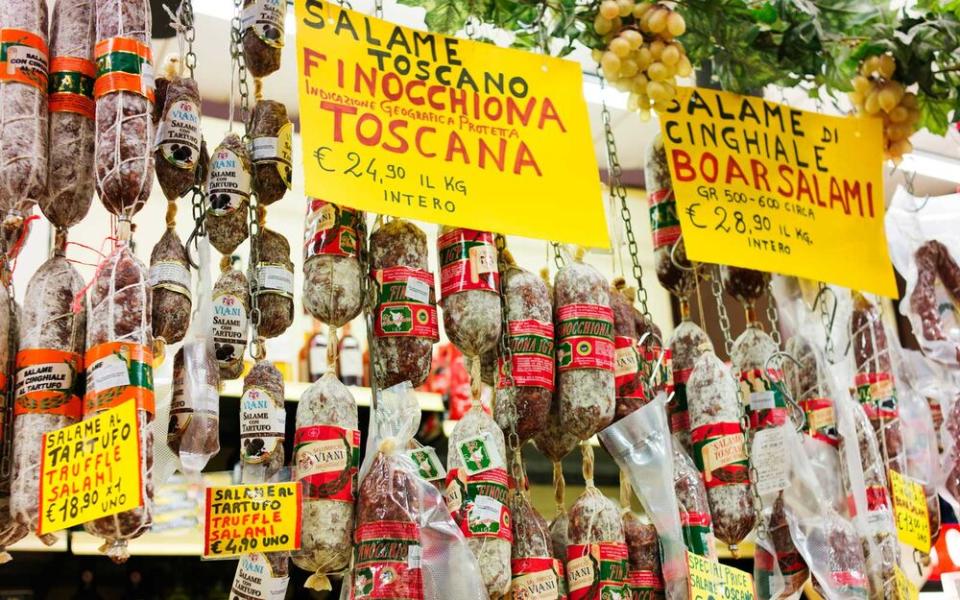How I Found Tastes of the Philippines While Eating My Way Through Italy
I grew up in a Filipino household, and with my mom in charge of the kitchen, my family and I rarely ventured out into other cuisines. Growing up, I never found this to be an issue. In fact, I couldn’t be happier with traditional meals like sinigang — a sour and savory stew typically cooked with pork, taro roots, string beans, tamarind, and other vegetables — she’d pack me for lunch.
These recipes kept my family together when we immigrated to Richmond, Virginia. Every Sunday, my mom would take us shopping at the local Asian supermarket to find the unique ingredients we would need to make our dishes, and there she ran into other Filipinos in the area attempting to do the same. Soon, we were bringing home-cooked meals to parties, potlucks, or basically any gathering that gave us the chance to be with people who reminded my parents of home. Twenty years later, these relationships are still in our lives giving us the family we never thought we’d have in America. You can imagine why I’m so biased to Filipino food: it’s more than a plate with familiar flavors, it represents a community and sense of belonging.
As I got older and away from my parents, I started exploring other cultures to see where else I might fit in. While being so close to my heritage hasn’t made things easy — especially with my constant white rice cravings I developed from eating the side dish with all my Filipino food — I’ve done what I can to bridge my worlds together. For instance, I never go to Buffalo Wild Wings without a Tupperware of rice and I’m obsessed with Rice to Riches’ rice pudding dessert in New York.
Recently, I went into the belly of the beast: Italy. While they eat as much pasta and pizza as I do rice, I was convinced I couldn’t be more different than Italians. I didn’t think this was a bad thing as I was ready to try new foods and dishes during my adventure to Rome, Florence, and Venice, but I was shocked to find so many similarities between Italian and Filipino food. After getting tired of scarfing down Rome’s quintessential street food supplì — which felt familiar as they’re fried rice balls filled with meat, tomato sauce, and melted mozzarella — my boyfriend pushed me to try an authentic Italian dinner. I ordered a heaping bowl of Roman oxtail stew, a classic local recipe in which the meat is braised with tomatoes and celery resulting in flavors that made me feel like I was in my mom’s kitchen. The stew is similar to my favorite Filipino dish, Kare Kare, or slow-cooked oxtail with a peanut-based sauce. Though the sauces were different, I was amazed oxtail was even an option on the menu.

Once we got to Florence, we slowed down on the multi-course meals and went to the city’s food hall, Mercato Centrale, to find something more affordable. Walking past the expensive truffle options, we found Il Frito e le Polpette, a fried food station featuring fried chicken, vegetables, and Filipino staple tripe. While Filipinos don’t batter and fry the animal stomach lining, I took the idea to my mom and she’s definitely into trying it. Venice was the last stop and I was expecting fancy plates of overpriced seafood, but a recommendation to a hole in a wall place brought us to a small pot of fish served with the skin, bones, and tail still in tact. A fillet may be easier to eat, but nothing beats how good a whole fish tastes.

While I was dreading not having my precious Filipino food for the week that we were there, this experience actually opened my eyes to doing more traveling and seeing where else my native cuisine aligns with other countries.

